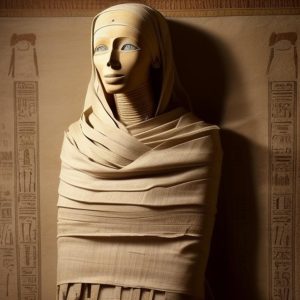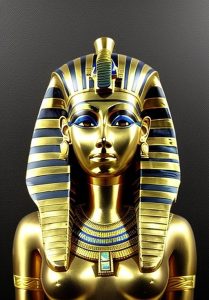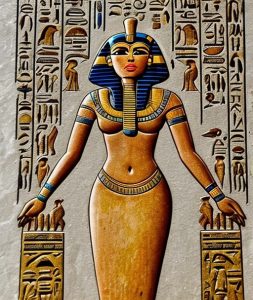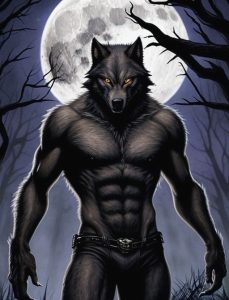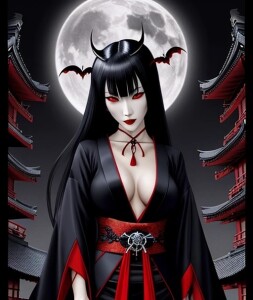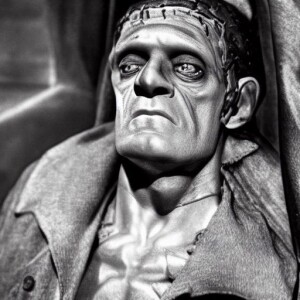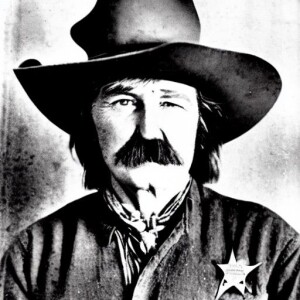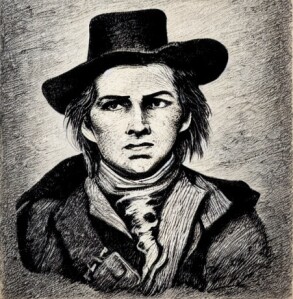Aliens have taken the Halloween costume scene by storm, captivating the minds of costume enthusiasts everywhere. Their enigmatic presence and otherworldly allure offer a gateway to unleashing untamed creativity and boundless imagination. From classic silver-bodied extraterrestrials to outlandishly unique and intricate designs, the options for alien costumes are as vast as the galaxy itself.
What makes dressing up as an alien so captivating is the opportunity to break free from the mundane and embody a character from a realm beyond our own. Whether it’s the iconic green-skinned, bug-eyed extraterrestrial or a mind-bendingly original interpretation, the possibilities for alien costumes are as endless as the cosmos.
But it doesn’t stop there. The alien theme offers a treasure trove of accessories and props to elevate your cosmic appearance. Imagine wielding futuristic weapons, clutching glowing orbs, or even donning a hat shaped like a UFO. These additions truly amplify the overall look and transport you to a realm where the ordinary meets the extraordinary.
Beyond the surface-level excitement, aliens also ignite profound contemplation about the existence of life beyond our planet. By delving into the concept of extraterrestrial beings, these costumes spark conversations and debates, inviting us to ponder the mysteries of the universe. Halloween, with its fusion of fantasy and boundless creativity, provides the perfect stage for celebrating our fascination with the unknown and embracing the possibility of encountering beings from distant galaxies.
So this Halloween, don’t hesitate to step into the enigmatic shoes of an alien. Let your imagination take flight as you explore the depths of the universe, transcending the boundaries of our everyday lives. Embrace the extraordinary and revel in the delight of tapping into the vast cosmic tapestry that lies just beyond our reach.





